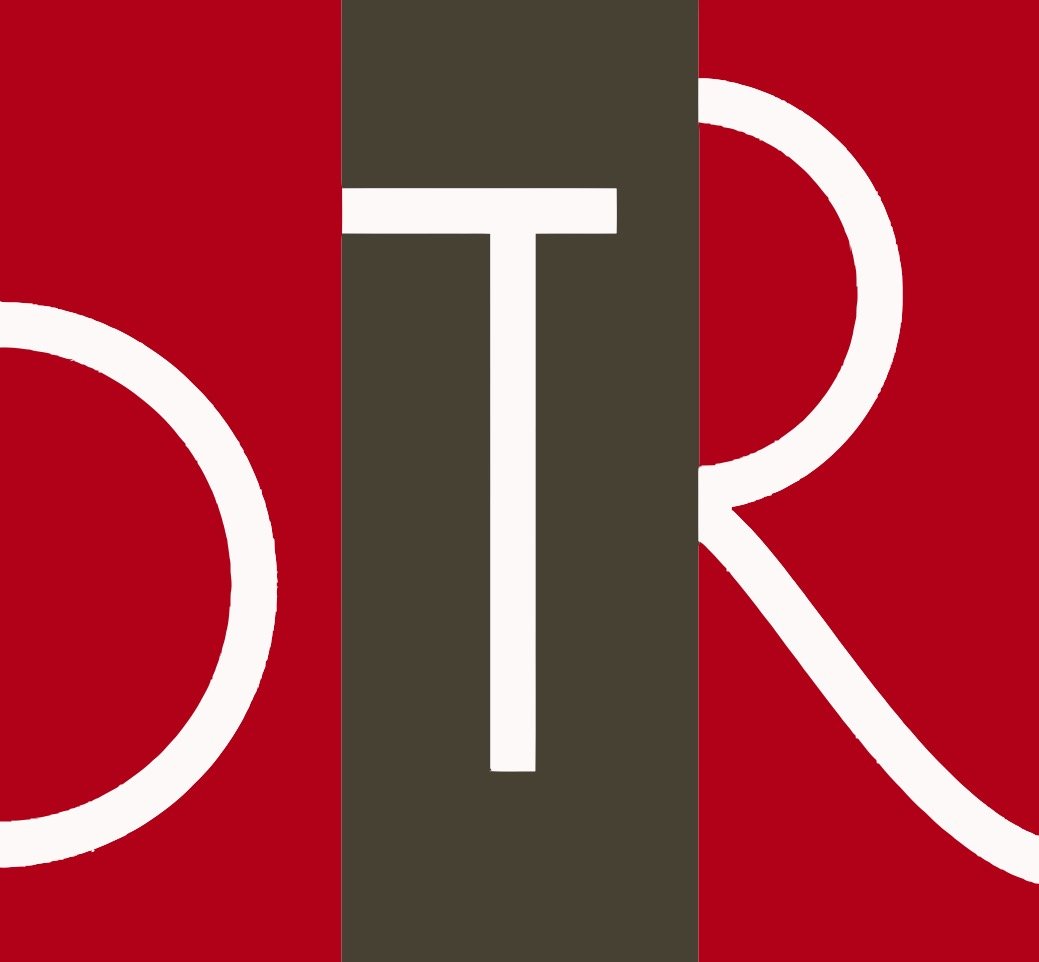MEL BOCHNER
Mel Bochner (American, b.1940) is one of the pioneers of Conceptual Art. He has helped to develop many of the techniques used by the Conceptual and Installation artists who followed him into the art world. In high school, Bochner studied Art with Joseph Fitzpatrick, a teacher of young gifted artists. In 1962, he graduated from Carnegie Mellon University in Pittsburg, PA, where he studied art. Bochner went on to study philosophy for a short time at Northwestern University in Chicago, IL.
In 1964, the artist moved to New York, where he worked as a guard at the Jewish Museum. While in New York, he was given the opportunity to teach art history at the School of Visual Arts. It was at this school that Bochner had his first exhibition; the 1966 show Working Drawings And Other Visible Things On Paper Not Necessarily Meant To Be Viewed As Art consisted of photocopies of working drawings from his friends placed into four black binders on four pedestals. The show was well received, and was seen as a defining example of the Conceptual Art movement, where the concept of the presentation is the most important aspect of the artwork.
ABOUT MEL BOCHNER
He found a niche for himself when he began to explore the usage of words in fine art, and the intersection between painting and language. He started to see ideas as more important to a piece of art than the formal techniques that created it. Thus began his so-called Thesaurus paintings. These paintings and prints consist of synonyms displayed together. He found that introducing language to the visual aspect of art meant that many interesting and novel questions were asked and explored. Such questions as: who is the audience and who is the speaker of the words.
Mel Bochner started working on monotypes in 1994. He was originally drawn to the medium because of the embossing possibilities that it provides. Mel Bochner also talks about how he likes the unpredictability of the end product in contrast with the quite careful and scientific way that his plates are cut. Firstly, Mel Bochner is working within the confines of the page and the line. There are only so many characters that can fit on a given line, and this is the baseline constraint when setting up his synonyms. Once this is tackled, rearranging begins based on the feel and look of the words next to one another. Generally there is a directionality to the words, becoming more intense or vulgar in tone as they proceed across and down the page. Finally, once the Plexiglas stencil has been cut, Mel Bochner lays it over the pre-dyed paper to discuss coloring. At times Mel Bochner chooses to use color to affirm the words, and at other times he chooses deliberately to ignore color systems and paints with no discernible pattern. To achieve total randomization, Mel Bochner will ask his assistants to pick colors. Instead of letting go of the reins of the artistic process, Mel Bochner sees this as a way of opening himself up to new possibilities and ways of looking at his art – always a valuable skill.


